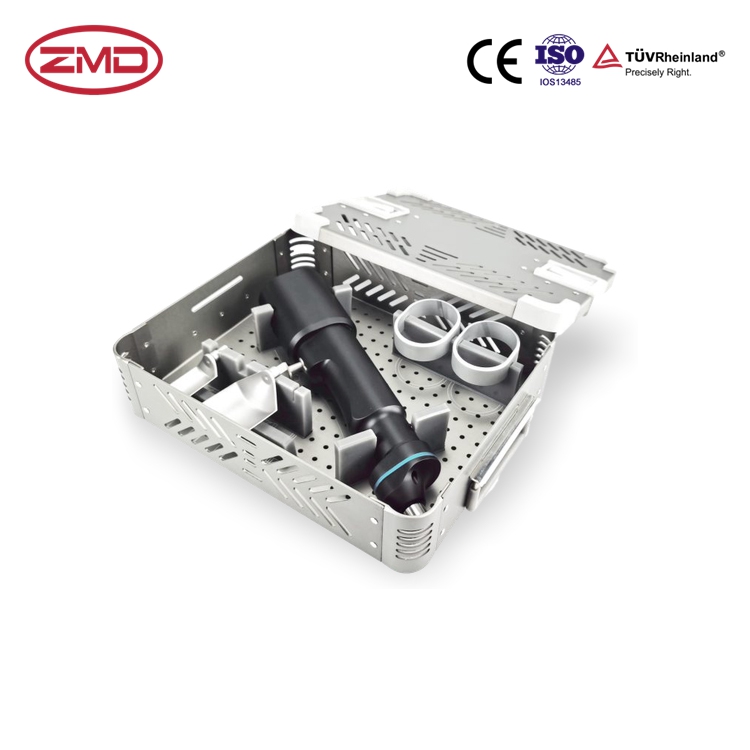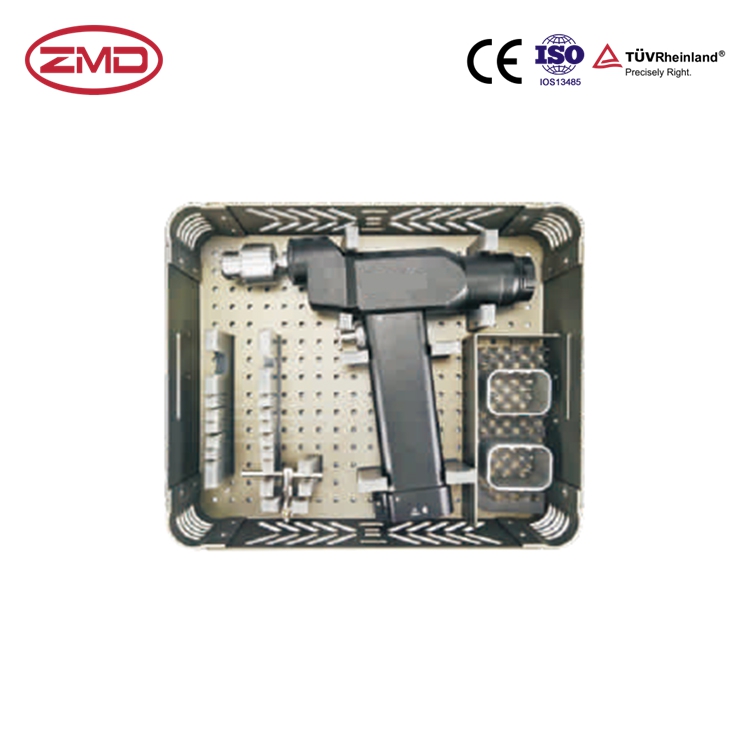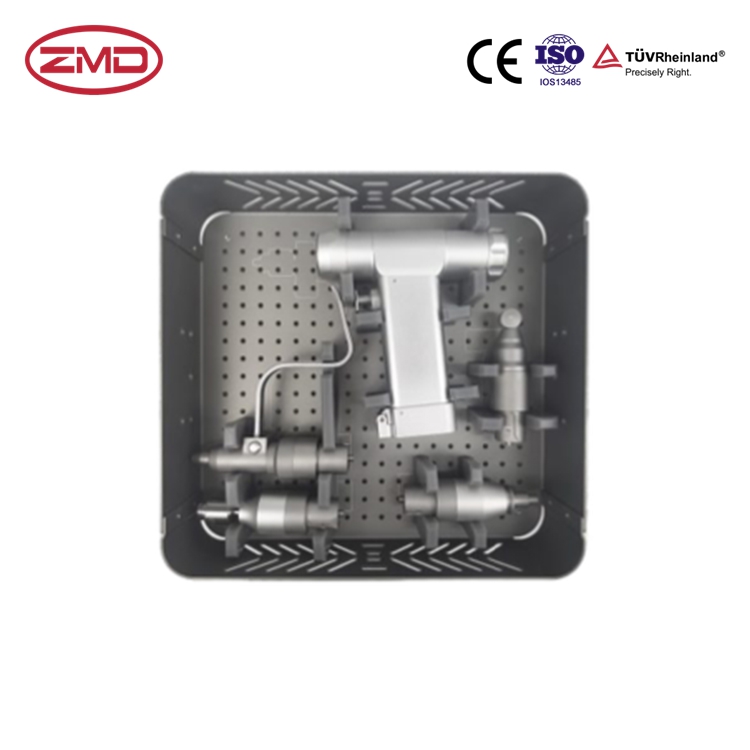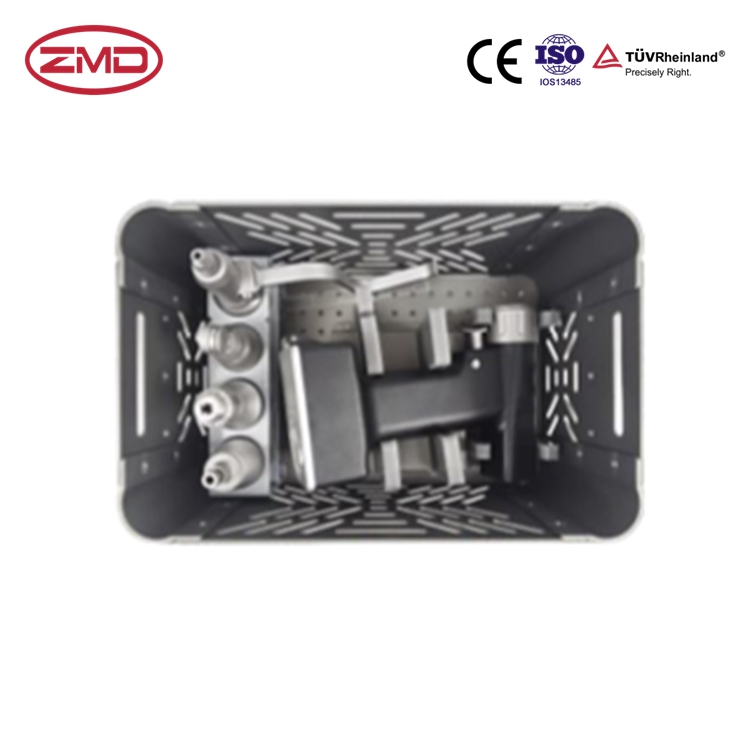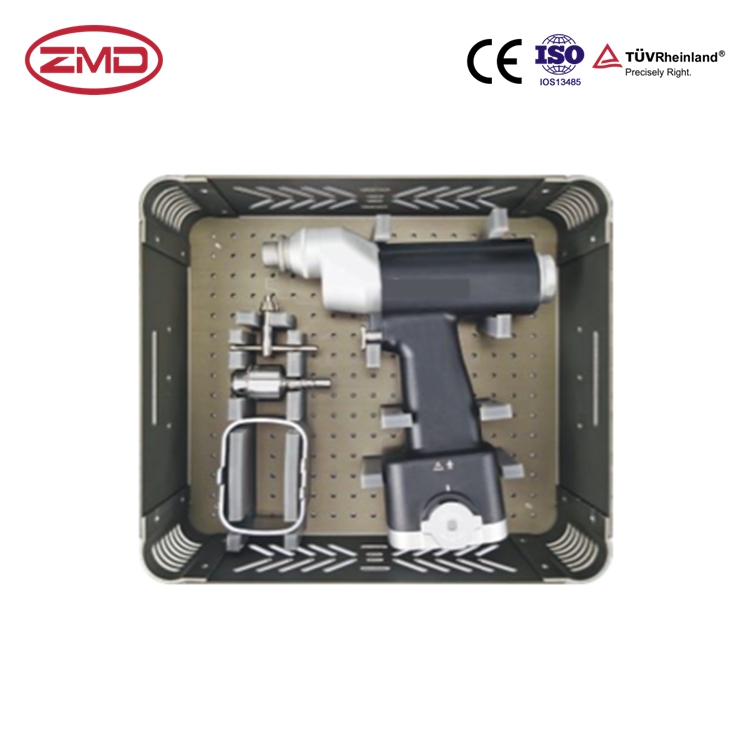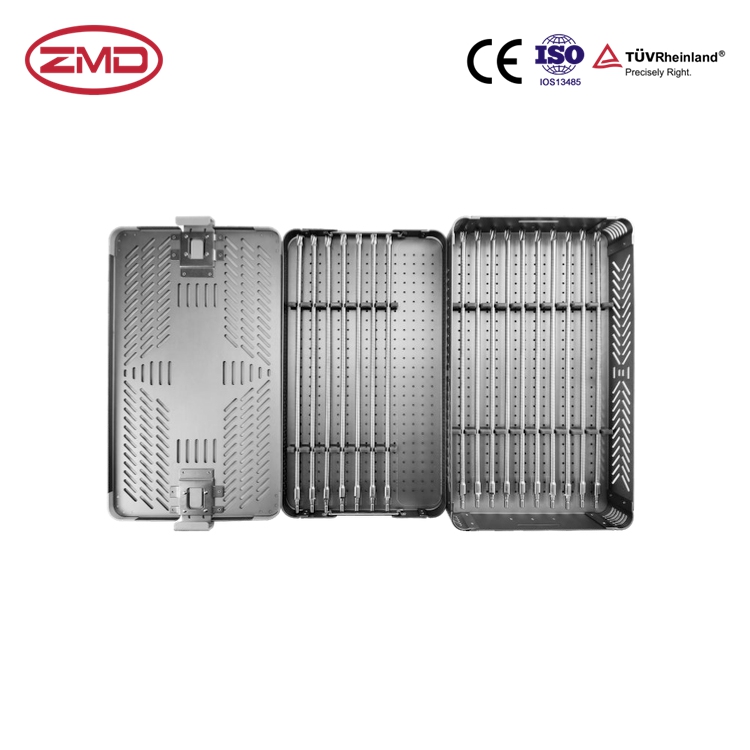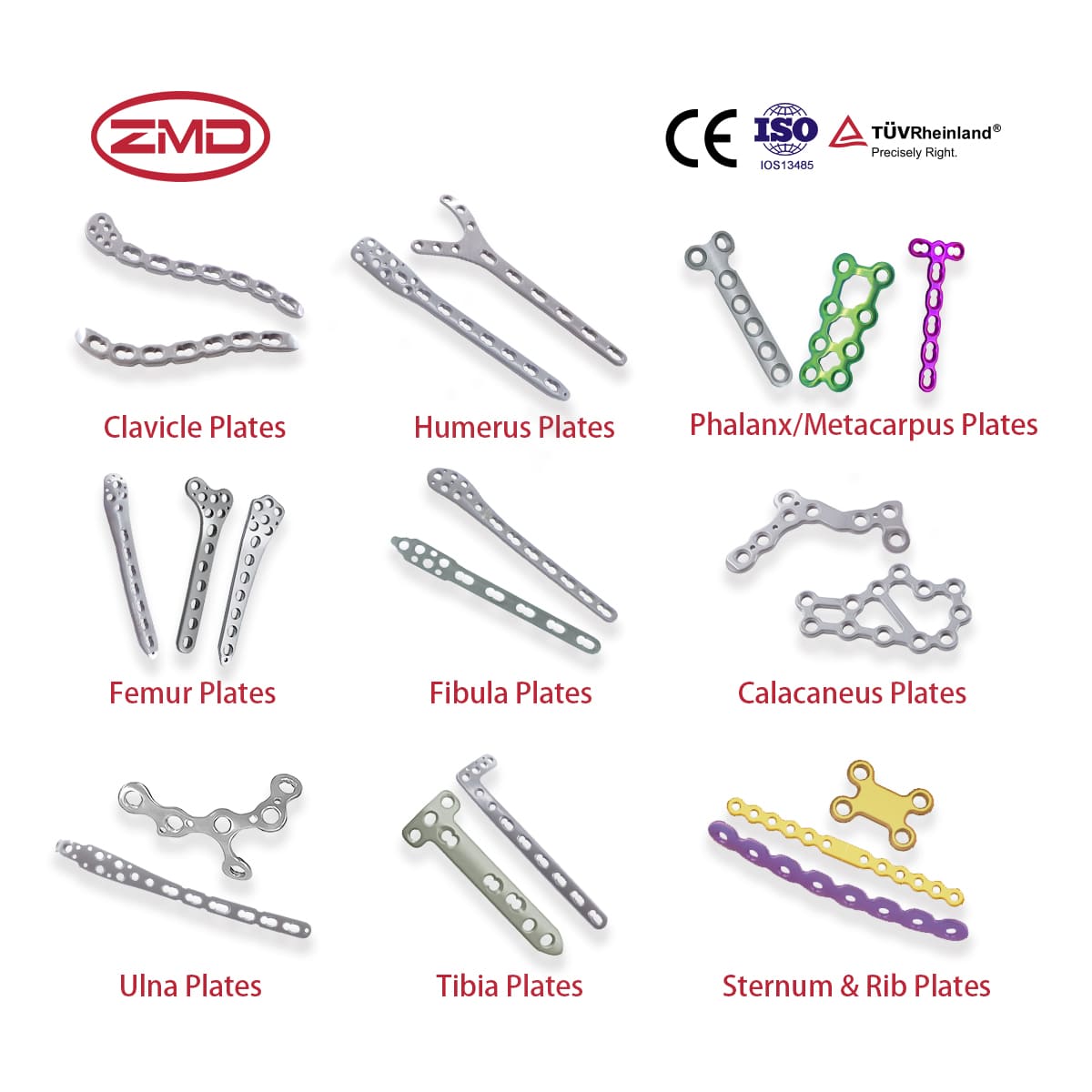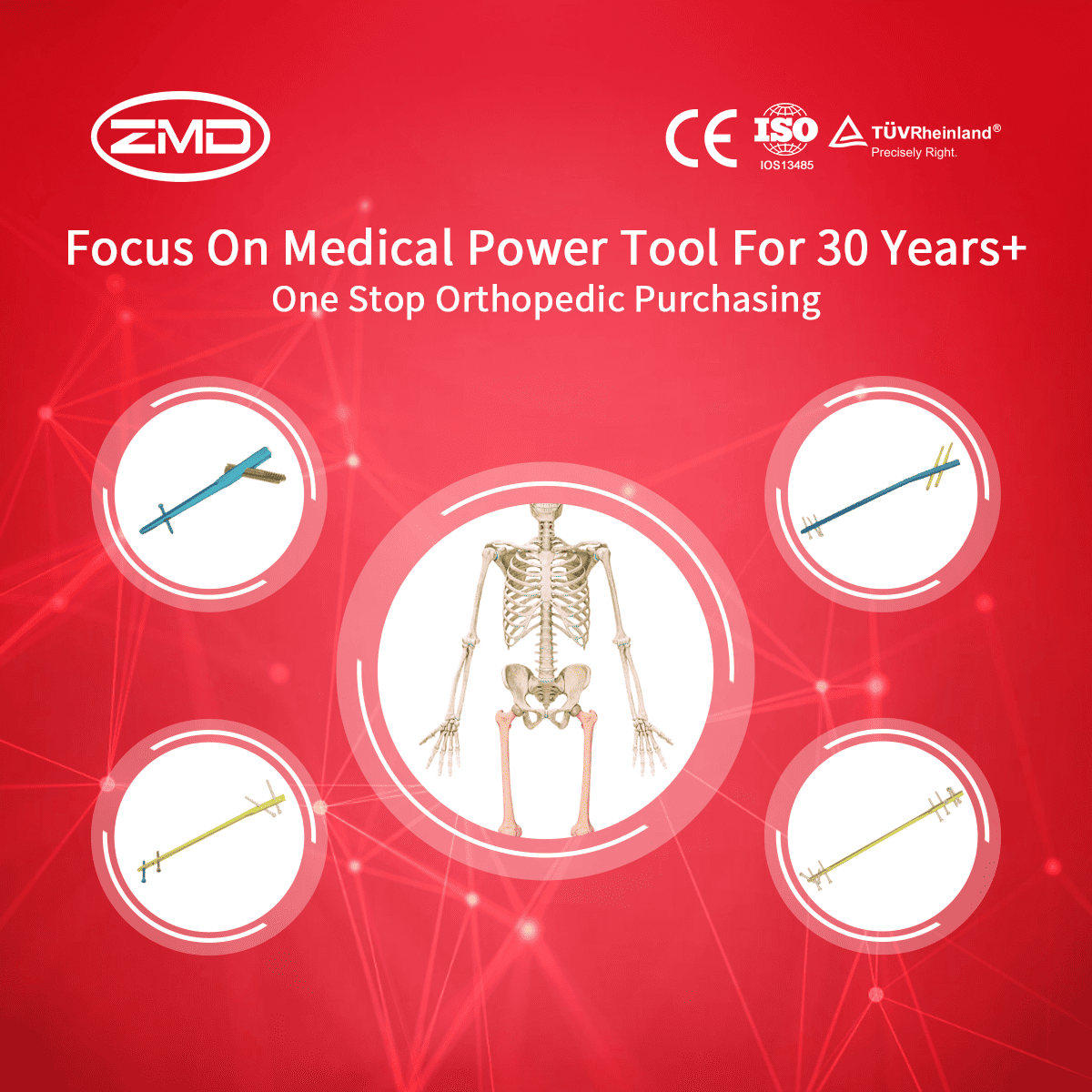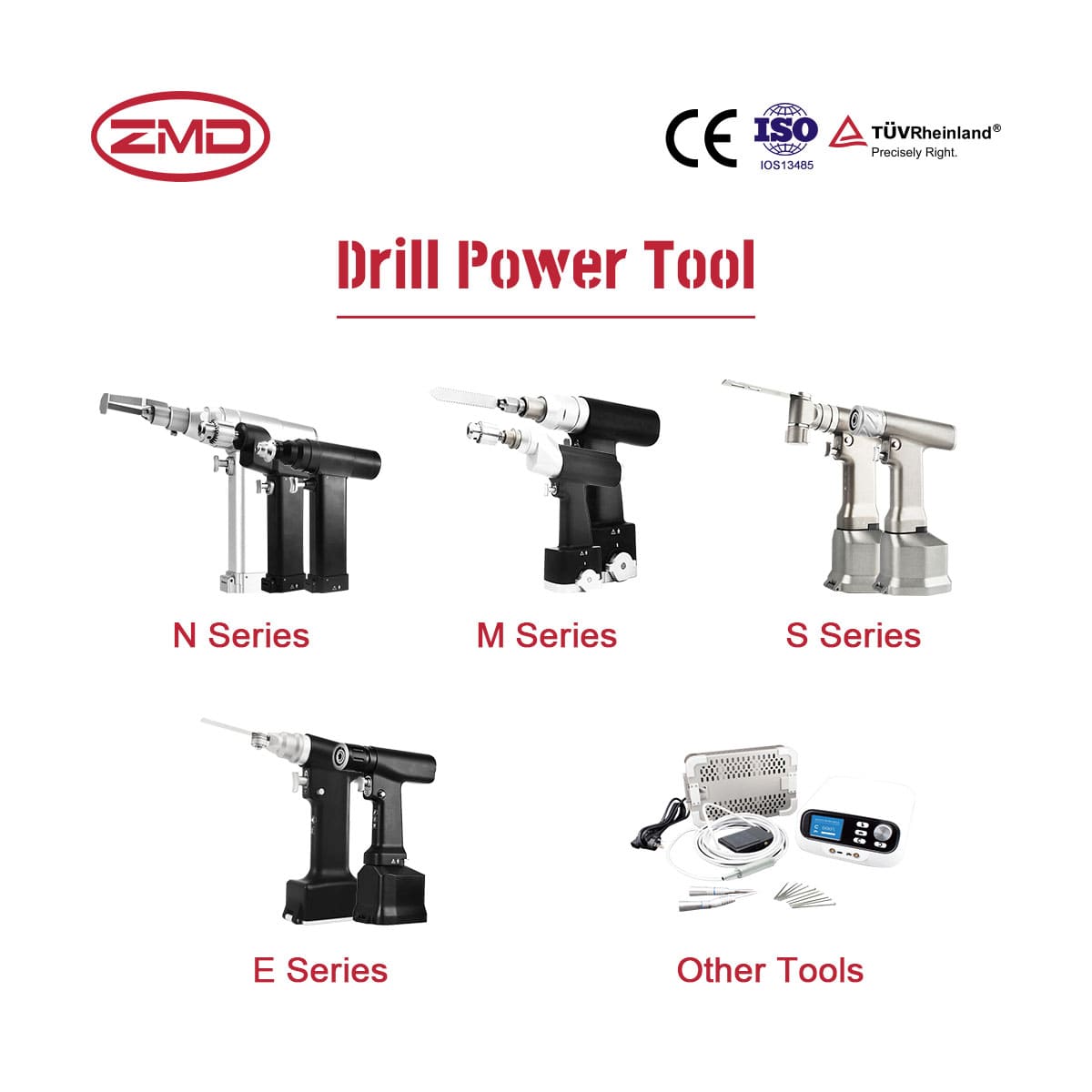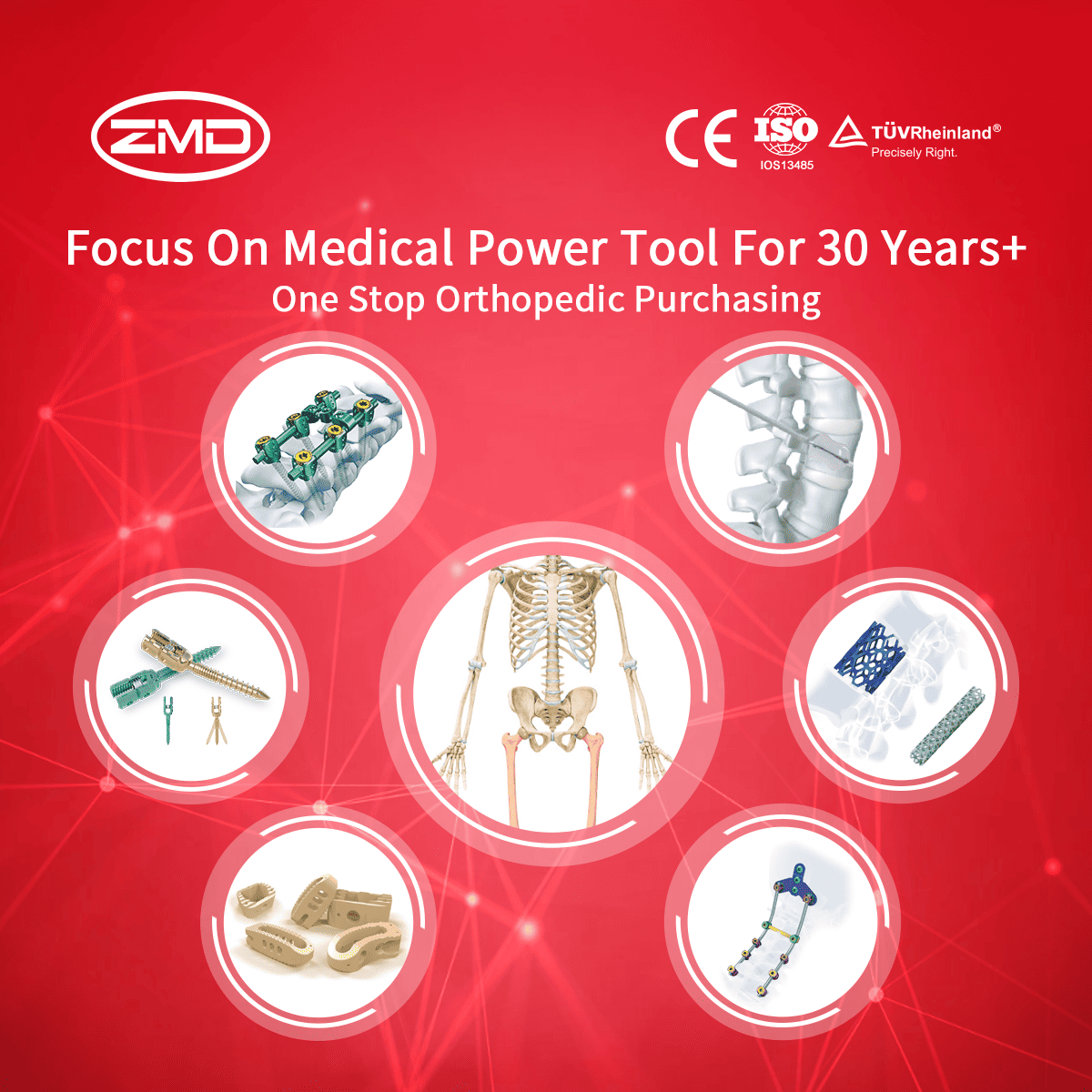Power Tools
ZMD
Orthopedic Products
Haven't been able to locate the product you're searching for yet?
If you're interested in more orthopaedic implant products, feel free to get in touch with our ZMD consultants.
What are Orthopedic Power Tools?
Orthopedic drills are used to create holes in bones. They come in different sizes and speeds to accommodate various surgical needs. For example, in a hip replacement surgery, a drill is used to create a hole in the femur to insert the femoral stem of the implant. The drill bits are usually sharp and made of high – quality materials like stainless steel or carbide to ensure clean and accurate holes. The speed of the drill can be adjusted to match the density of the bone. For example, a slower speed might be used for drilling through the hard cortical bone, while a slightly faster speed could be more appropriate for the softer cancellous bone.
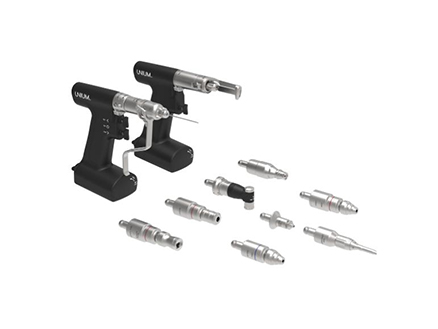
Orthopedic power tools can be broadly categorized into two main types:
- Power and Performance
They are designed to handle more demanding tasks like bone cutting and drilling. The electrical power source provides them with a significant amount of force, enabling surgeons to work through the dense and tough structure of bones with relative ease. For instance, when it comes to creating holes in long bones for inserting implants or fixation devices during procedures like hip or knee replacements, electric drills can quickly and efficiently bore through the bone cortex. This power allows for a more streamlined surgical process, reducing the time and effort required compared to using manual tools. - Precision and Adaptability
Electric tools also offer a remarkable level of precision. They are engineered with features that allow surgeons to control the depth, angle, and speed of the cutting or drilling action with great accuracy. For example, many electric drills come with adjustable speed settings. This means that when working on different types of bone tissue (such as the harder cortical bone versus the softer cancellous bone), the surgeon can modify the speed accordingly to achieve clean and precise holes. Additionally, these tools can be equipped with a variety of attachments. There might be specialized drill bits for different bone diameters or cutting blades for specific types of bone cuts. This adaptability makes them versatile in performing a wide range of tasks within a single surgical procedure or across different surgeries. - Applications in Complex Procedures
In complex orthopedic surgeries, such as spinal fusions or major joint reconstructions, electric tools play a crucial role. In spinal surgery, for example, precise drilling is essential for creating holes in the vertebrae to insert screws or other fixation elements. Electric drills ensure that these holes are drilled accurately in terms of location and depth, which is vital for the stability of the spinal construct and to avoid damage to the spinal cord or nearby nerves. Similarly, during a total joint replacement, electric saws are used to make precise cuts on the bone surfaces to ensure proper fit and alignment of the artificial joint components. The high power and precision of electric tools contribute to better surgical outcomes and a more successful restoration of joint function.
Micro Electric Tools
- Enhanced Precision and Control
These tools are smaller in size, which allows for greater precision and control in working on fine details. When it comes to bone shaping and sculpting, for example, micro electric tools can delicately remove small amounts of bone tissue to achieve the desired anatomical shape. In procedures like facial bone reconstruction or hand surgeries where the bones are relatively small and the need for aesthetic and functional precision is high, these tools are invaluable. Surgeons can use them to carefully contour the bone, ensuring that the final result is not only structurally sound but also cosmetically acceptable. - Access in Limited Spaces
One of the key advantages of micro electric tools is their ability to be used in areas where access is limited. In surgeries involving the inner ear bones or in some minimally invasive orthopedic procedures where the surgical field is restricted, these tools can reach the target area and perform the necessary tasks. For instance, in minimally invasive knee arthroscopy, micro electric burrs can be inserted through small incisions to smooth out damaged cartilage or reshape small bone spurs. Their compact size and precise operation make it possible to work in these confined spaces without causing unnecessary damage to surrounding tissues. - Role in Specialized Surgeries
Micro electric tools are essential in specialized orthopedic surgeries where the margin of error is extremely small. In neurosurgery involving the bones around the brain or in pediatric orthopedics where the bones are still developing and require delicate handling, these tools are often employed. They allow surgeons to perform procedures with a level of finesse that would be difficult to achieve with larger or less precise instruments. The ability to precisely shape and modify bone tissue in these situations can have a significant impact on the patient’s recovery, functionality, and overall quality of life after the surgery
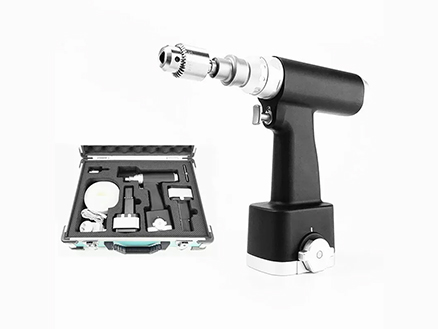
When Are Orthopedic Power Tools Needed?
When it comes to cutting bones, orthopedic power tools offer a level of precision that is essential for optimal results. For instance, in joint replacement surgeries like hip or knee replacements, precise bone cuts are necessary to ensure that the artificial joint components fit perfectly. Orthopedic saws, which are a common type of power tool, are designed with thin and sharp blades that can make accurate cuts with minimal bone loss. The oscillating motion of some saws, for example, allows for controlled removal of bone tissue, reducing the risk of damage to surrounding soft tissues such as muscles, tendons, and nerves. This precise cutting enables the surgeon to create the right anatomical shape on the bone surface, facilitating proper alignment and fixation of the implant, which in turn contributes to better joint function and longevity after the surgery.
Orthopedic power tools are commonly used in the following orthopedic procedures:
Joint Replacement
Trauma Surgery
Spinal Surgery
Foot and Ankle Surgery
Hand Surgery
Blog
International Women’s Day: Salute to the “She – Power” at ZMD
International Women’s Day: Salute to the “She – Power” at ZMD Amid the trends of “Intelligent Medical Devices” and “Minimally Invasive Medical Technologies”, ZMD thrives
Discover Innovation with Sunan Medical at AAOS
Discover Innovation with Sunan Medical at AAOS The American Academy of Orthopaedic Surgeons (AAOS) Annual Meeting is the premier event for orthopedic professionals worldwide, offering
Visit Us at Expomed Eurasia 2025: Discover Sunan Medical’s Innovations
Visit Us at Expomed Eurasia 2025: Discover Sunan Medical’s Innovations The 32nd Expomed Eurasia, taking place from April 24-26, 2025, at the Tüyap Exhibition and





